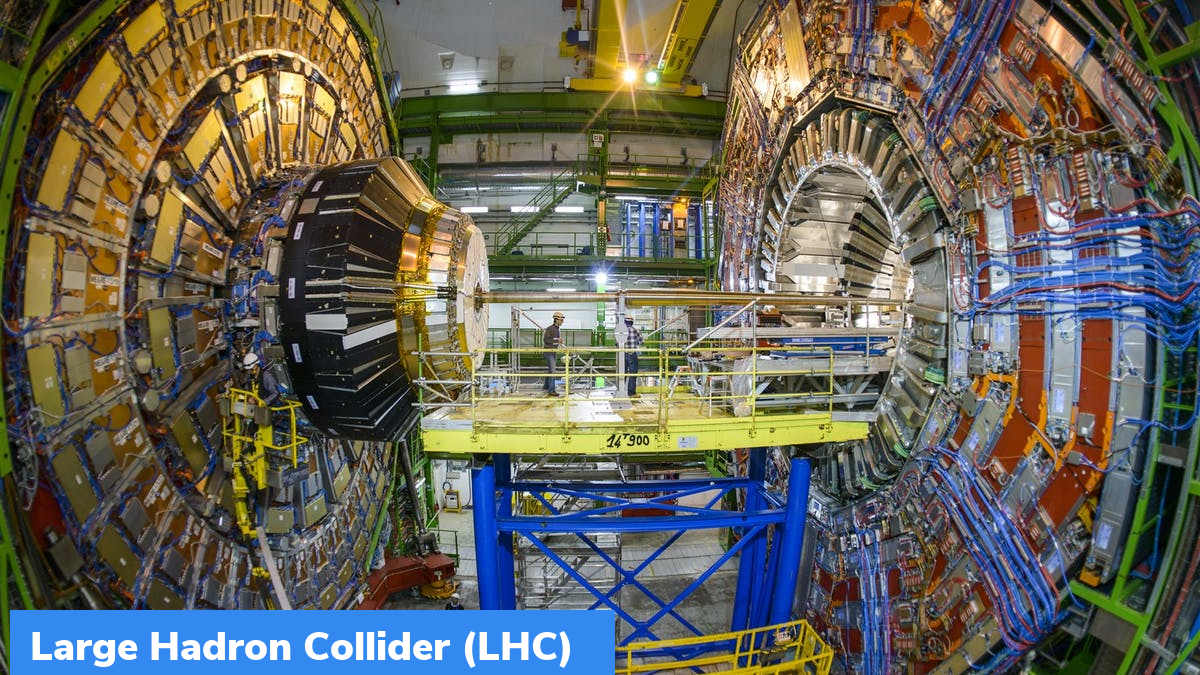Large Hadron Collider (LHC)
On July 5, 2022, the Large Hadron Collider (LHC), world’s most powerful particle collider, started smashing protons into each other, at levels of energy that did not exist before.
Key Facts
- Now, scientists will record and analyse the data. It is likely to throw up evidence of physics beyond the Standard Model of Particle Physics.
- It will explain, how the basic building blocks of matter interact, and governed by four fundamental forces.
About Large Hadron Collider (LHC)
- LHC is a giant & complex machine, that have been built to study about particles, which are smallest building blocks of things.
- It is a 27-km-long track-loop, that has been installed 100 metres below the ground on Swiss-French border.
- In operational state, LHC fires two proton beams inside a superconducting electromagnets ring, at the speed of light in opposite directions.
- Superconducting electromagnets create magnetic field, which in turn keeps the protons in a tight beam. It guides protons along the way, when they travel through beam pipes and finally collide.
- Before the collision of protons, another type of magnet is used to squeeze proton particles together, in a bid to increase the chances of collisions.
Why Large Hadron Collider needs to be kept cool?
The powerful electromagnets of LHC carry current equal to bolt of lightning. Thus, they needs to be kept chilled. LHC uses a liquid helium distribution system, in order to keep the components of machine ultracold even at minus 271.3 degrees Celsius.
Background
During the first run of LHC, CERN scientists had announced the discovery of Higgs boson or the God Particle on July 4, 2012. This discovery concluded the long-time search for ‘force-carrying’ subatomic particle. Run 1 of the machine had collision of 20 times. Second run started in 2015 and carried till 2018.
Month: Current Affairs - July, 2022
Category: Science & Technology Current Affairs






